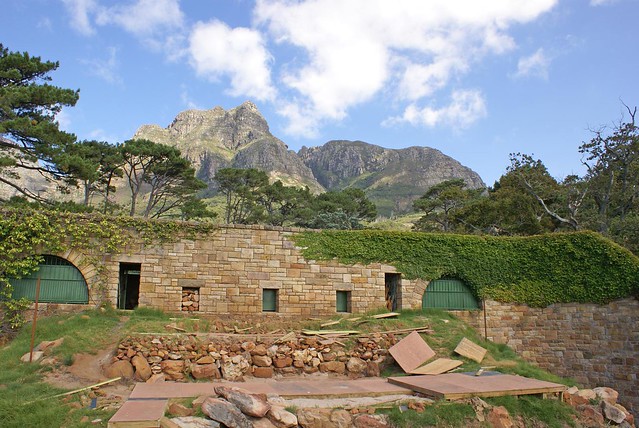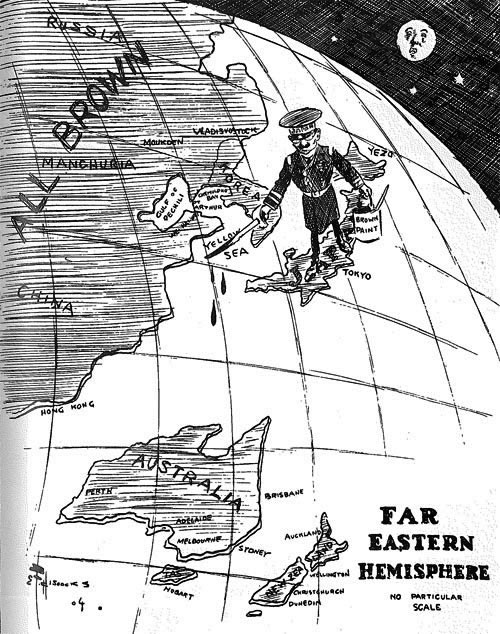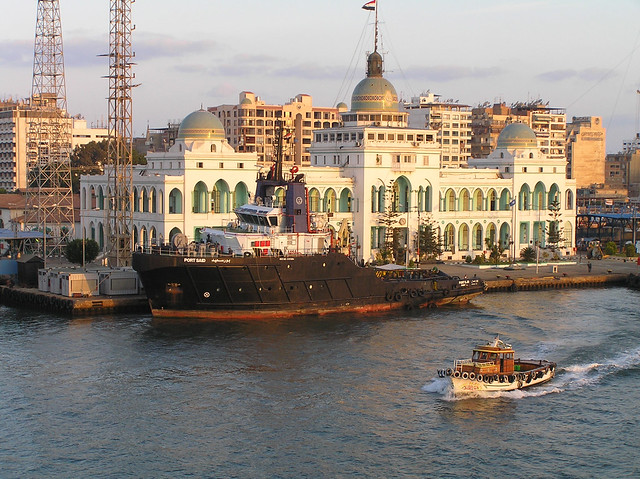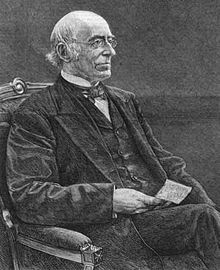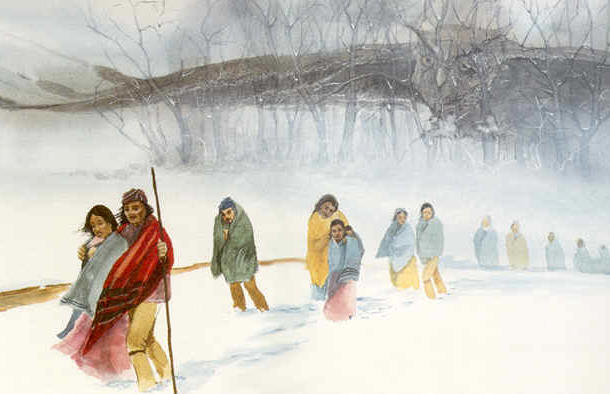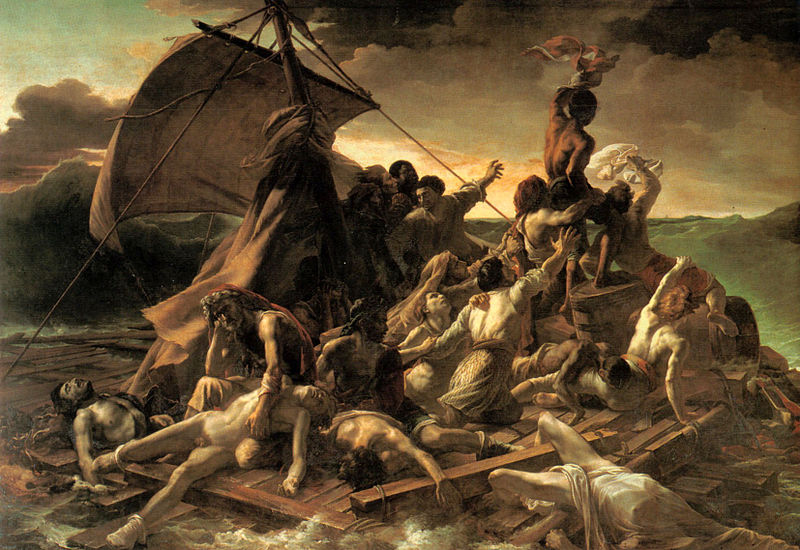1898: The Annexation of Hawaii
 |
| Lowering of the Hawaiian flag on Annexation Day |
Hawaii has a rocky political history, being ruled by multiple native governments as well as the British at one point. The former Kingdom of Hawaii had expected eventual annexation by the United States since the deposition of its monarch Queen Lili‘uokalani in 1893. However, this did not happen during the presidency of Grover Cleveland, who was an anti-imperialist and strongly opposed annexation. William McKinley resumed efforts to acquire the land while in office, and in 1898 the Newlands Resolution was passed and the Republic of Hawaii became the Territory of Hawaii, which would last until its final statehood in 1959. This group of islands was important to American interests for reasons including its fruit trade and its strategic military position in the Pacific Ocean.
The United States’ claiming of Hawaii bears many similarities to European expansions. Both generally involved a mostly white nation ruling over a region mostly populated by non-white natives. They took advantage of the instability of other countries’ governments as an opportunity to take control over them, for reasons that include trade opportunities and the military advantage of distant land. Additionally, the inhabitants of the once-independent nation mourned the imposition of a foreign government, like the natives of a great deal of colonies.
1914: Completion of the Panama Canal
 |
| The first official navigation of the Panama Canal |
Construction of the Panama Canal was first started by France in 1880 and led by Ferdinand de Lesseps, who also built the Suez Canal. This project became bankrupt, and in 1904 the United States acquired the canal and started work on it under the direction of President Theodore Roosevelt. In 1914 the canal was completed, and the first ship officially traveled across it the same month that World War I began. The construction project was the largest the United States had ever undertaken at the time, and reinforced American influence in South America. The canal was and is still important for the shortcut it provides between the Atlantic and Pacific Oceans, making it no longer necessary for vessels to make the lengthy and dangerous voyage around the tip of South America.
The Panama Canal is similar to the Suez Canal on the other side of the world. Both were constructed by foreign nations with the goal of facilitating water transport of cargo, and are still used for this purpose today. Besides this primary function, the two canals have also played roles in wars, particularly World War II and the Arab-Israeli Wars. Additionally, both were started by the French with de Lesseps as chief engineer.
